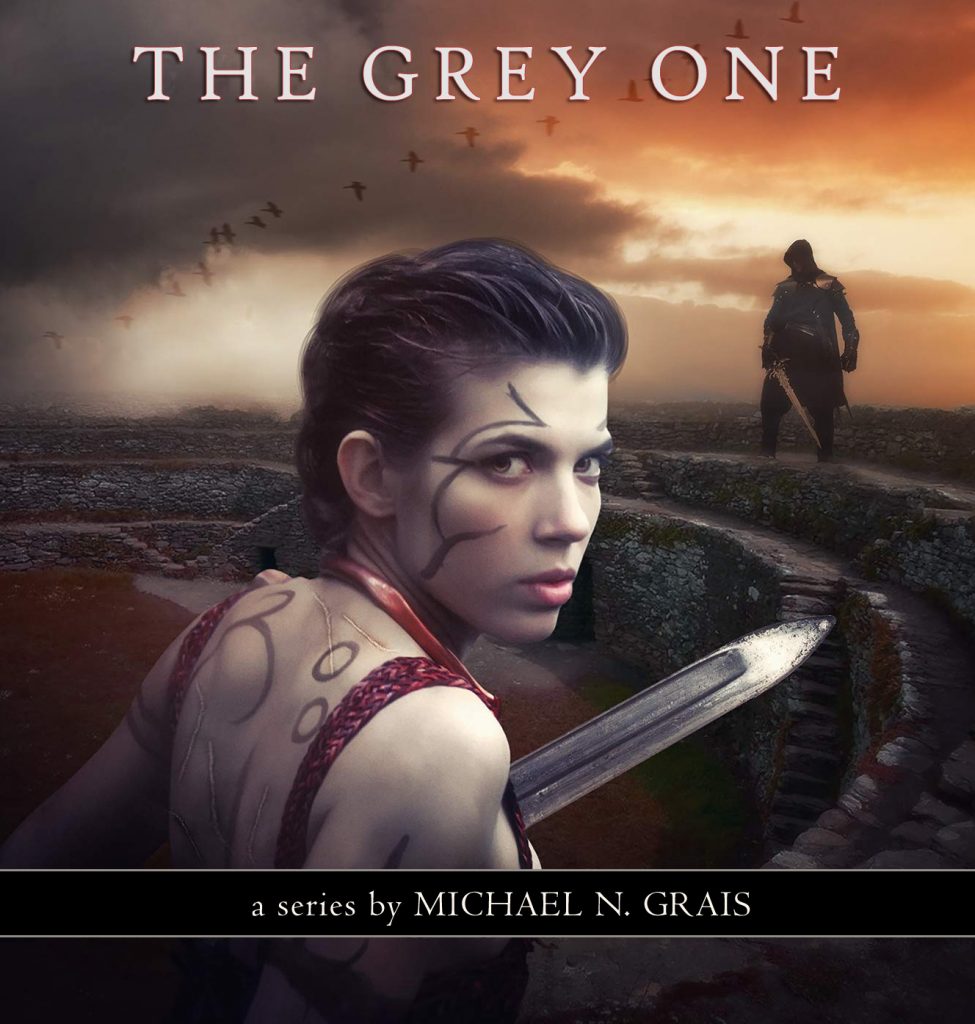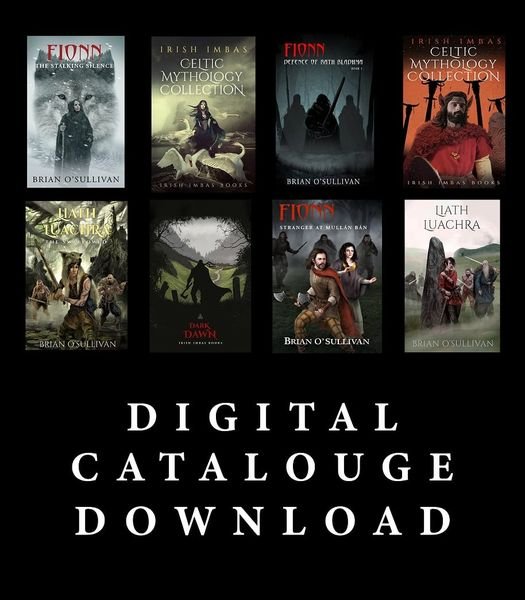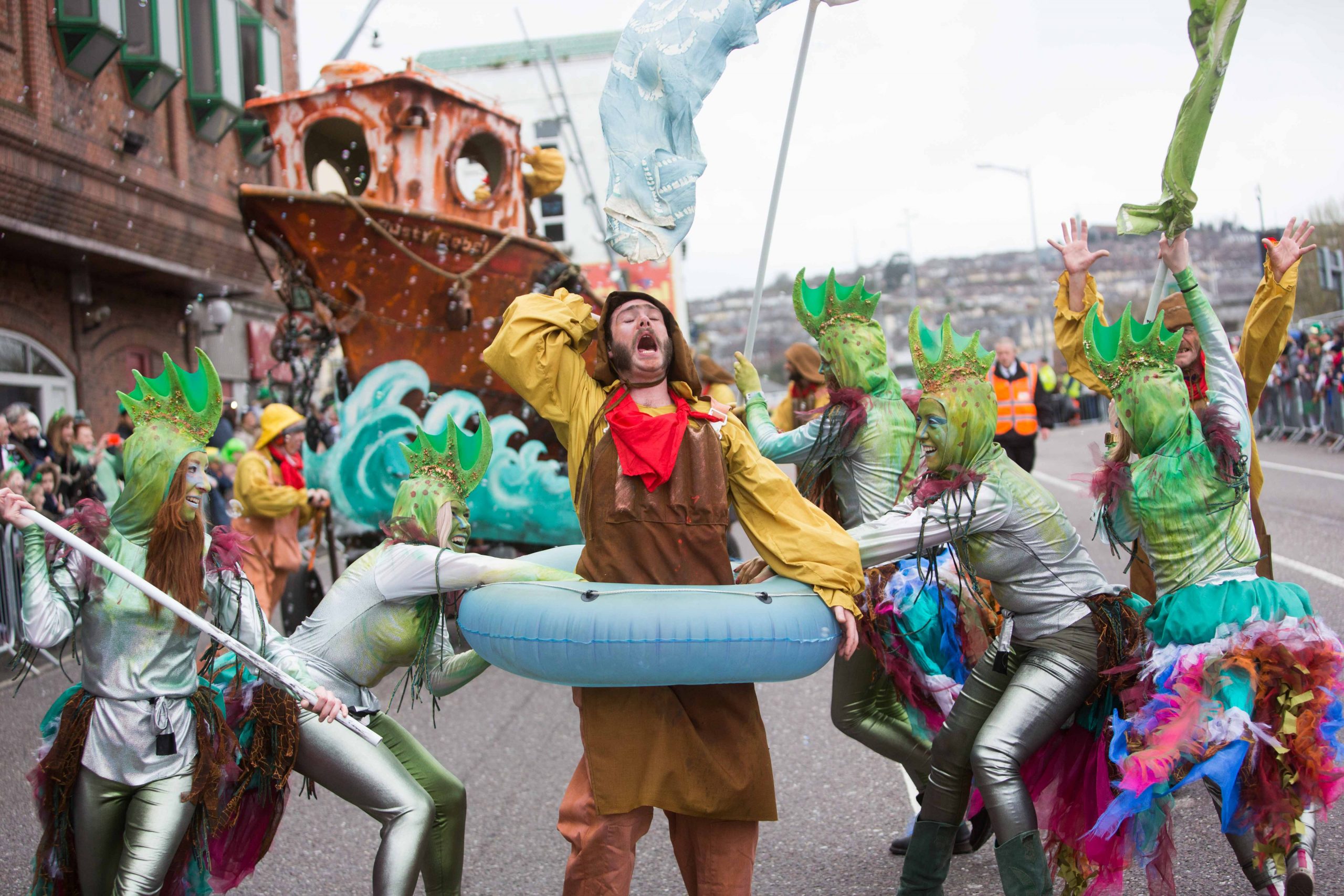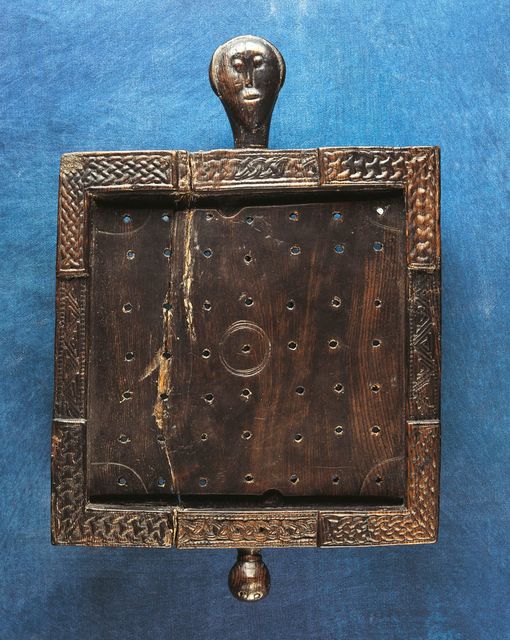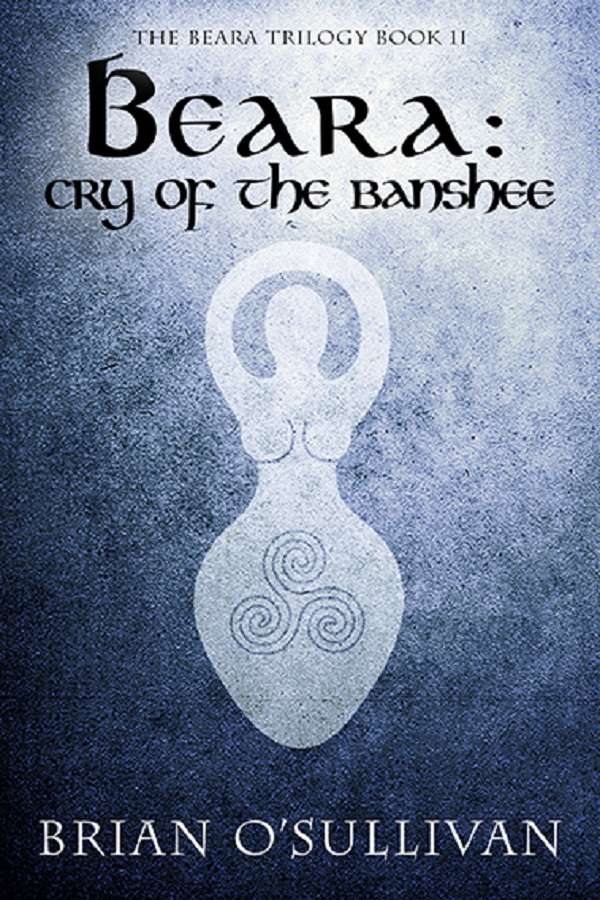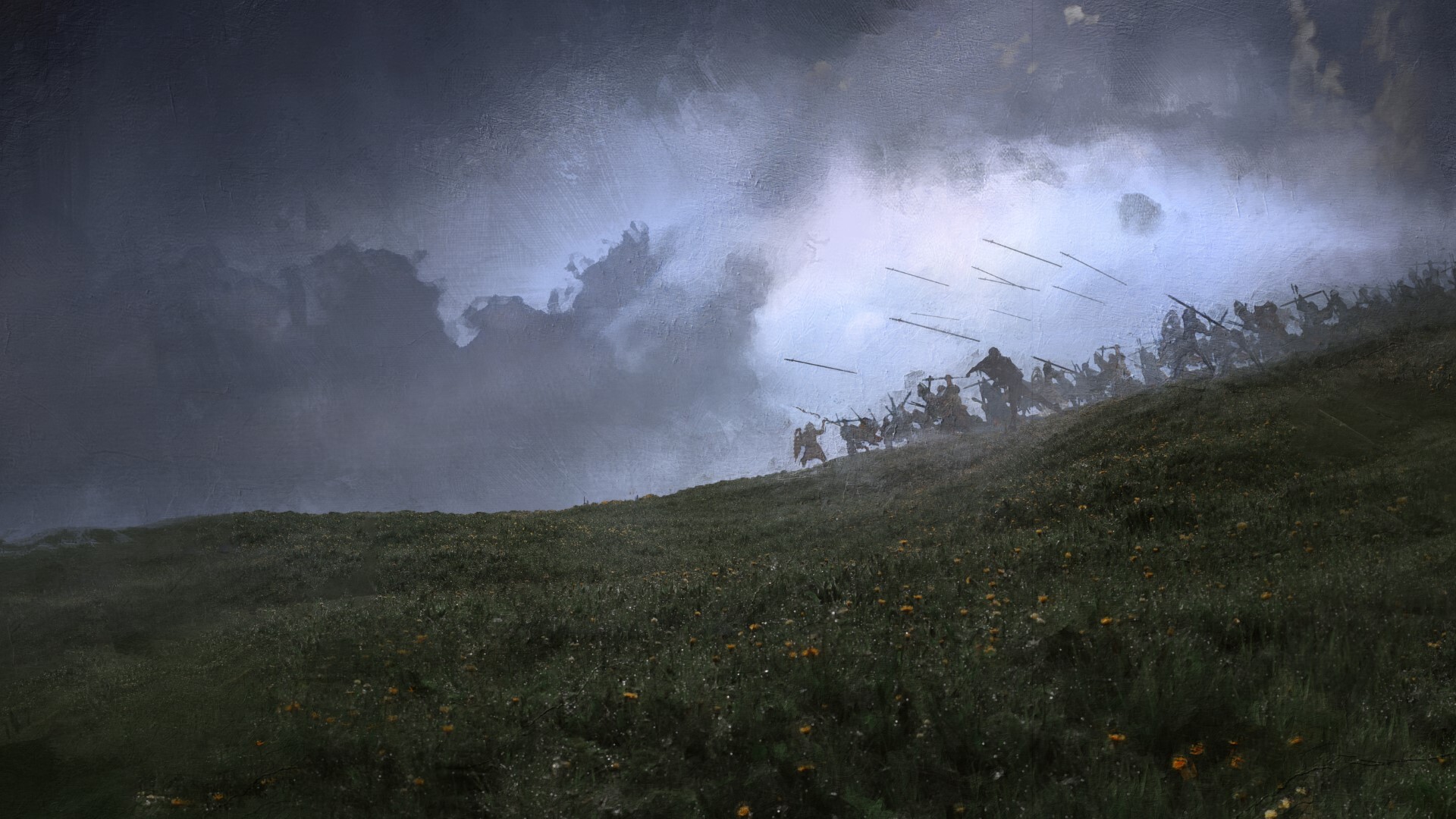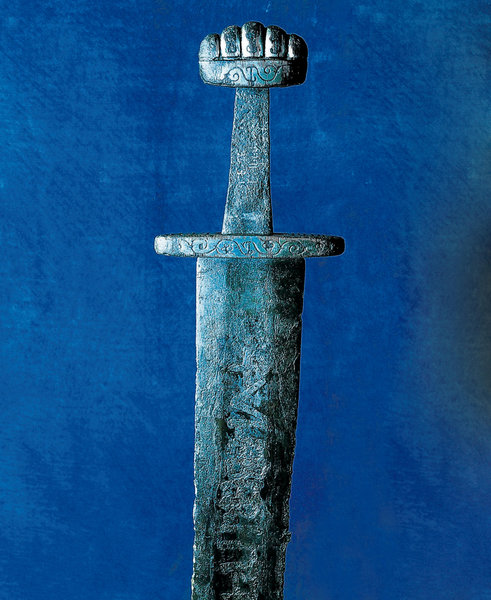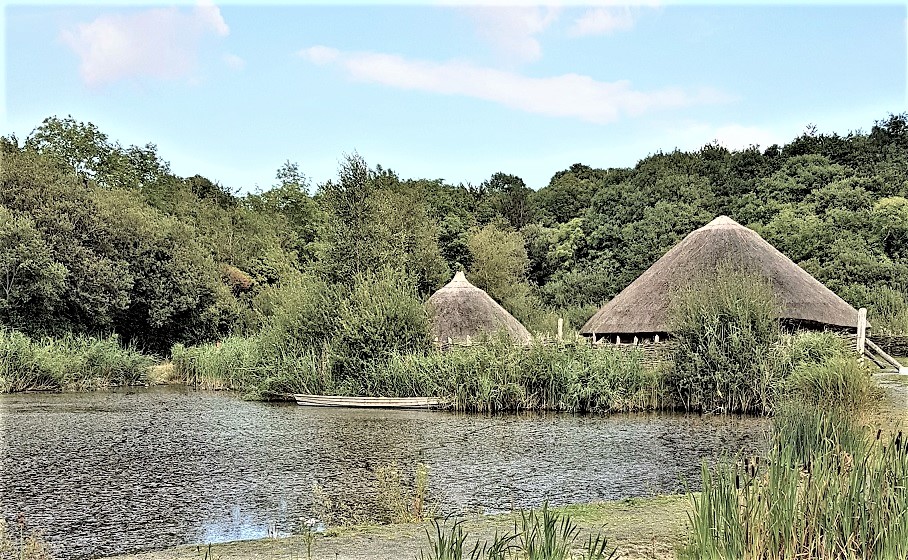
When I first started writing the Fionn mac Cumhaill Series almost nine years ago, I was keen to create a realistic, culturally authentic version of the famous Fenian Cycle. In particular, I wanted to write stories that were genuinely Irish while also accessible to non-Irish readers.
As part of my overall goal with Irish Imbas however, I was also keen to use the books as a means of reintroducing lost Gaelic/Irish concepts (that is words, expressions and – more importantly – ways of thinking) that have been lost from common Irish parlance as a result of language decline, the impacts of colonization and so on, but which still have significance at a societal level.
This is why throughout my books (and other projects), I always add a smattering of words like ‘fian‘, ‘rí‘, draoi, ‘ráth‘, and so on – words that by themselves mean little, but which in the context of understanding Irish/Gaelic culture, have a hugely significant resonance.
The word ‘Fianna‘ is a classic example of how much has been lost. This word – the basis for the contemporary word ‘Fenian’ – is believed by most people (including many Irish people who were never told any better) to be the name of Fionn mac Cumhaill’s war band.
In fact, ‘Fianna’ was simply nothing more than the plural of the word ‘fian‘ (which meant ‘battle group’ – usually in a tribal context). This means that Fionn’s fian was just one of a number of such groups and a recognised dynamic in the society of the time.
It’s a little thing, but when you take the downstream consequences of that new knowledge into account you can see how it changes the interpretation of both story and culture. For creators who want to retain cultural integrity in their work, this absolutely has to be done.
Trying to balance those competing goals (the requirements of cultural integrity and the requirement to deliver an accessible and enjoyable story to an international audience) can actually be quite a challenge at times. The balance is never easy and any creative decision you make with one can have a huge consequence for the other.
One of my earliest decisions, for example, was to retain the original Gaelic spelling for the character names (Fionn, Liath Luachra, Bodhmhall, Fiacail etc.) and place names (Seiscenn Uarbhaoil etc.). This goal for cultural accuracy – naturally – clashed enormously with the accessibility goal. For non-Gaelic speakers, Irish names can be the equivalent of having a broken stick in your mouth – whatever comes out is going to come out mangled! Anyone used to thinking in English – understandably – struggles with the unfamiliar combination of vowels and consonants.
Naturally, the advice I received from everyone was to use an anglicization of the names to make the reader more comfortable. After all, that’s why in the early days Fionn mac Cumhaill’s name was anglicized to the meaningless ‘Finn Mac Cool’. Sure, the latter is easier to say for an English speaker but the English name doesn’t carry the strong cultural associations of the Irish one (Fionn means ‘fair-headed’ but also has related connotations of ‘insightfulness’ etc.). ‘Finn’ is a meaningless term that includes no such depth or resonance (and, here, I’ll have to apologise in advance for to those parents who’ve gone and named their kids, Finn!).
Most of the books and other products I produce are strongly influenced by my decision to always lead with the ‘heart’ (cultural authenticity) as opposed to the ‘head’ (commercial ease). That said, I usually try to improve the accessibility where and when I can. For example, with the names and placenames, I soften the challenge for readers by providing an audio pronunciation guide.
In most respects, that actually pays off in the longer term as readers can generally work out when something’s authentic or not. Most readers tend to respect what I’m trying to achieve and have demonstrated immense patience and willingness to overcome things like the initial pronunciation challenge.
At the end of the day, I guess what my experience has really demonstrated is that if you produce something that’s good enough/intriguing enough/interesting enough for people to enjoy, they’ll put up with your whims and, often, they’ll support you.
As an aside, here’s a question I once held up at Irish cultural/heritage class I was running:
How would you pronounce the following?
- Zach Galifianakis
- Michelle Pfieffer
- Arnold Schwarzenegger
- Nikolaj Coster-Waldau
- Chiwetel Ejiofor
Everyone in that group of attendees (about 18) was able to pronounce at least two of those names. Even when they couldn’t, they still knew exactly who those individuals were and what they had achieved as part of their creative career.
Basically, culture is not a barrier to success unless you let it be.





